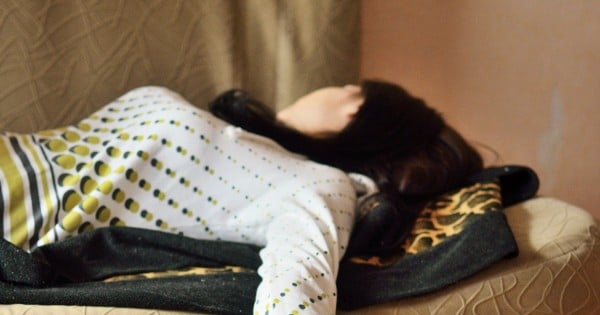
By Melinda Jackson, RMIT University and Siobhan Banks, University of South Australia.
Around a third of the population have trouble sleeping, including difficulties maintaining sleep throughout the night. While night time awakenings are distressing for most sufferers, there is some evidence from our recent past that suggests this period of wakefulness occurring between two separate sleep periods was the norm.
Throughout history there have been numerous accounts of segmented sleep, from medical texts, to court records and diaries, and even in African and South American tribes, with a common reference to “first” and “second” sleep. In Charles Dickens’ Barnaby Rudge (1840), he writes
He knew this, even in the horror with which he started from his first sleep, and threw up the window to dispel it by the presence of some object, beyond the room, which had not been, as it were, the witness of his dream.
Anthropologists have found evidence that during preindustrial Europe, bi-modal sleeping was considered the norm. Sleep onset was determined not by a set bedtime, but by whether there were things to do. Historian A. Roger Ekirch’s book At day’s close: night in times past describes how households at this time retired a couple of hours after dusk, woke a few hours later for one to two hours, and then had a second sleep until dawn. Post continues after video.



Top Comments
My partner often comes home from night shift between 2 - 4am I usually wake up, have sex with him, talk about our days, cuddle and go back to sleep. I'll be awake for about 2 hours in between my sleep. It really does make you more refreshed in the morning!